2010 Ford Fusion Brake Rotors and Pads
Click here to search another vehicle
All Rotors:
OEM x
Coated x
Drilled, Slotted and Coated x
Front x
Rear x
All Pads:
Ceramic x
Semi-metallic x
Front x
Rear x
Found 14 record
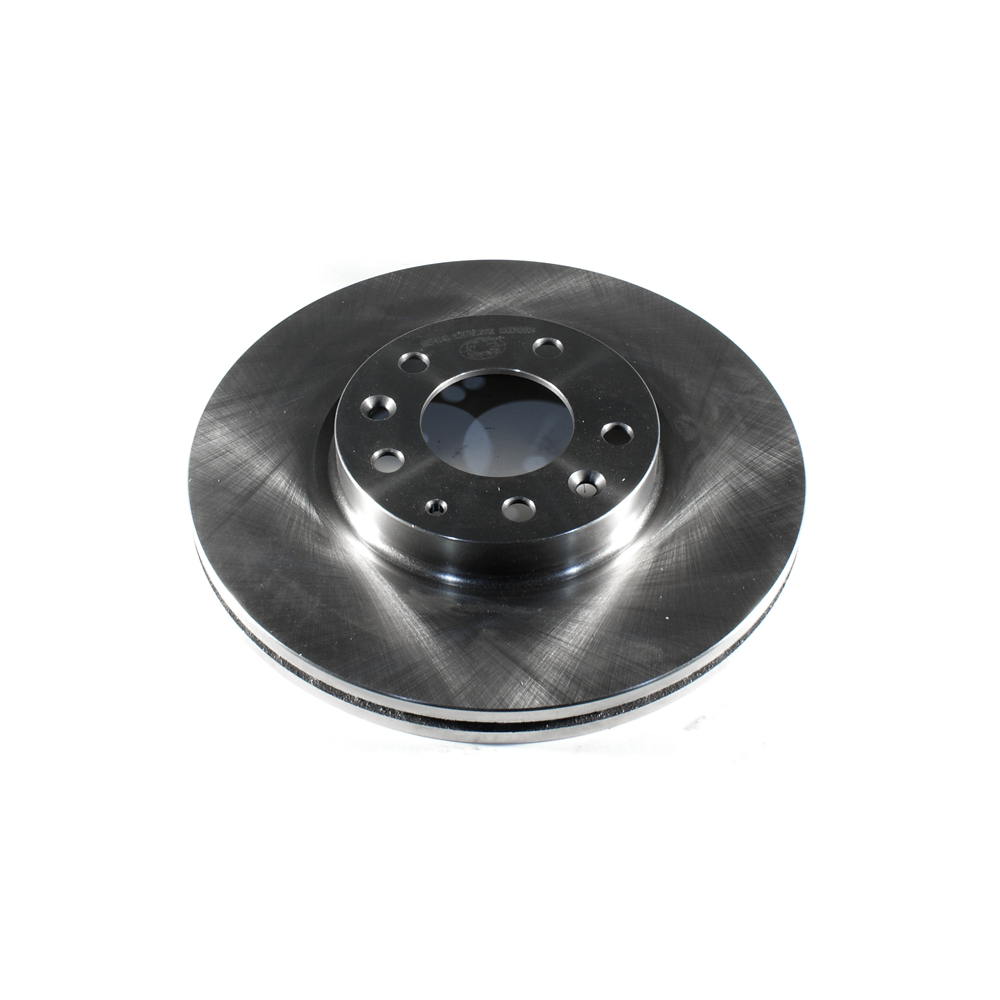
Part No: BR54142
Raybestos: 680404
OE: 6E5Z1125AA
Raybestos: 680404
OE: 6E5Z1125AA
$44.59 each
Per Car QTY: 2
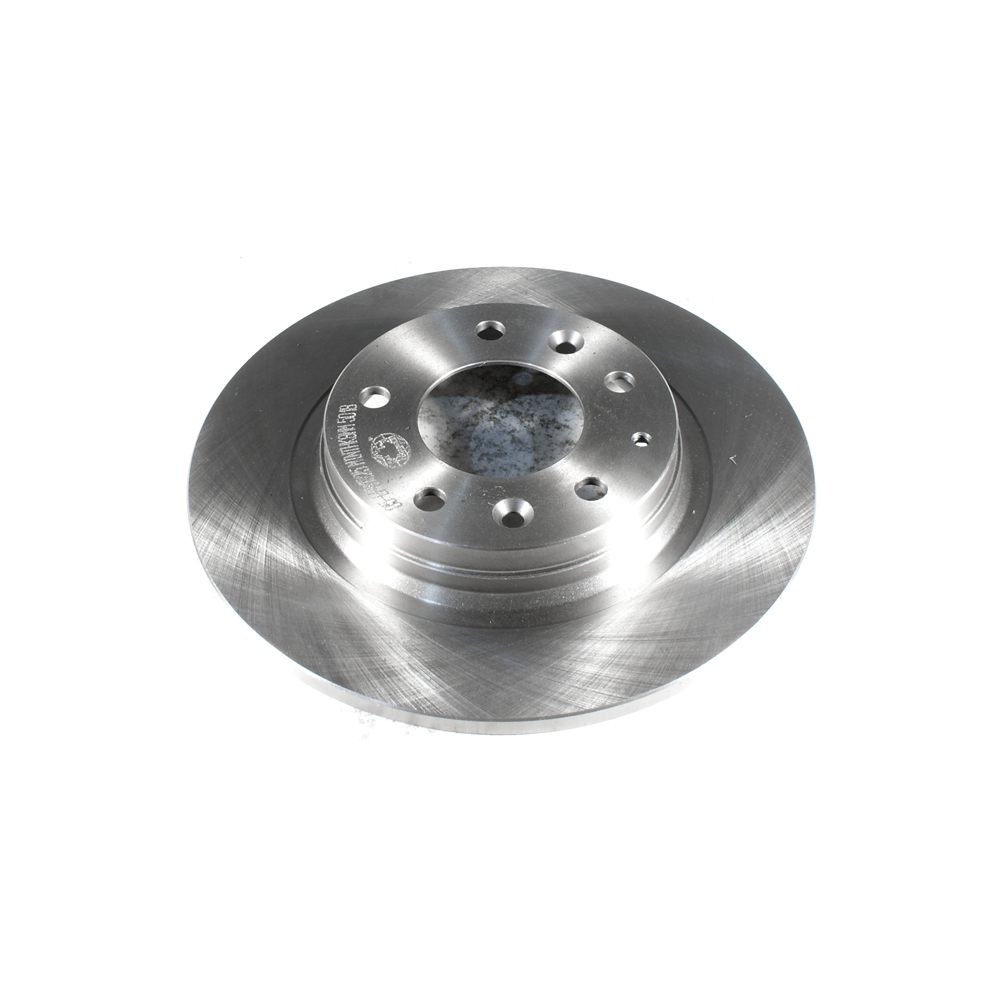
Part No: BR31325
Raybestos: 980172
OE: 6E5Z2C026AA
Raybestos: 980172
OE: 6E5Z2C026AA
$28.8 each
Per Car QTY: 2
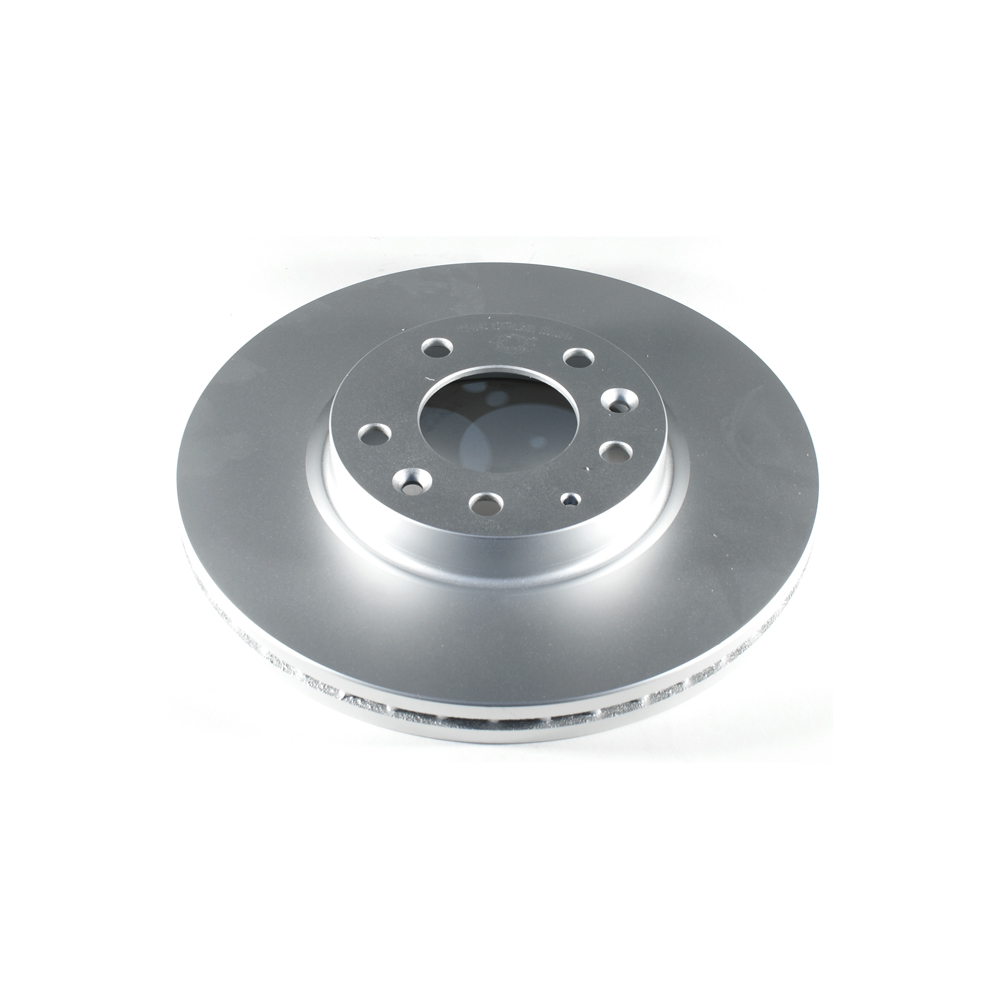
Part No: PP54142
Raybestos: 680404
OE: 6E5Z1125AA
Raybestos: 680404
OE: 6E5Z1125AA
$59.94 each
Per Car QTY: 2
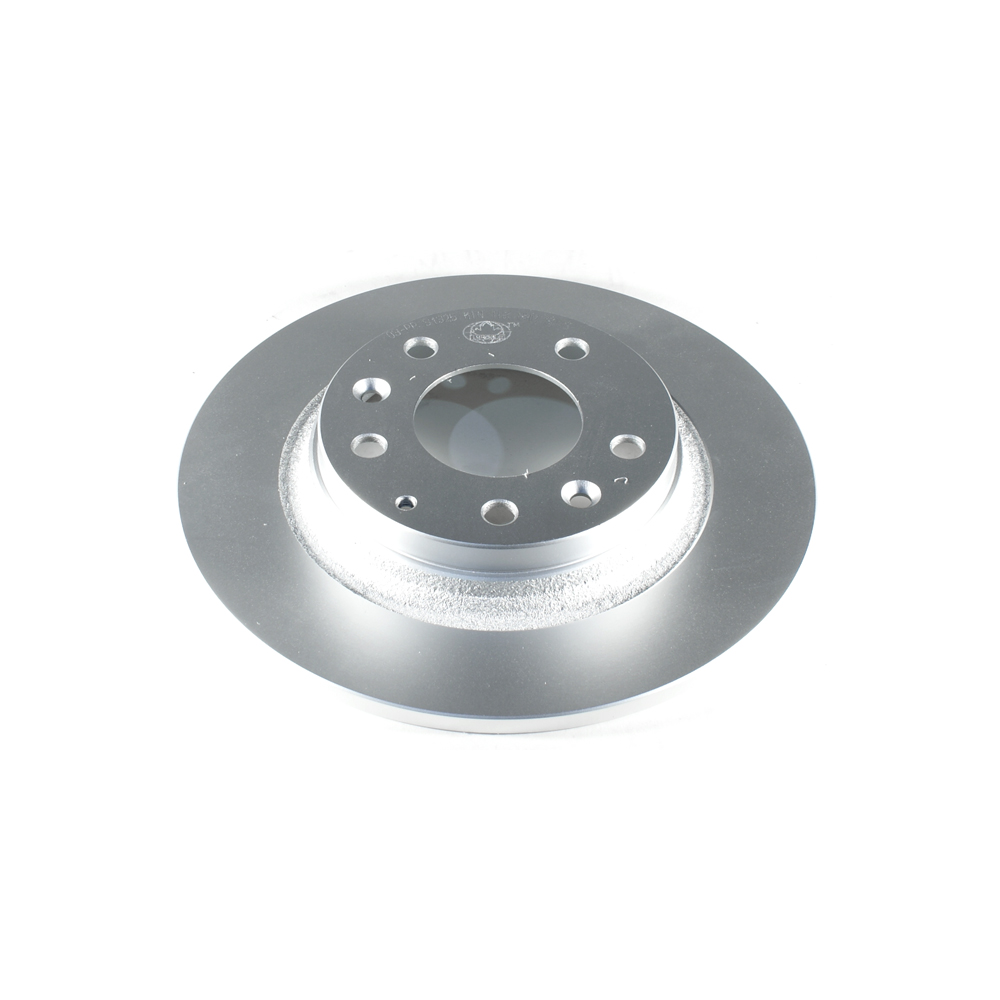
Part No: PP31325
Raybestos: 980172
OE: 6E5Z2C026AA
Raybestos: 980172
OE: 6E5Z2C026AA
$34.27 each
Per Car QTY: 2
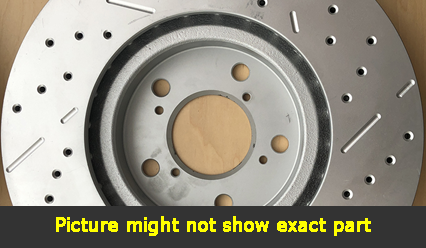
Part No: SP54142L
Raybestos: 680404
OE: 6E5Z1125AA
Raybestos: 680404
OE: 6E5Z1125AA
$92.34 each
Per Car QTY: 1
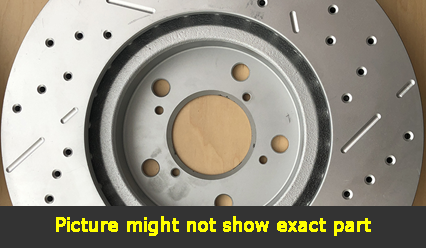
Part No: SP54142R
Raybestos: 680404
OE: 6E5Z1125AA
Raybestos: 680404
OE: 6E5Z1125AA
$92.34 each
Per Car QTY: 1

Part No: SP31325L
Raybestos: 980172
OE: 6E5Z2C026AA
Raybestos: 980172
OE: 6E5Z2C026AA
$66.67 each
Per Car QTY: 1
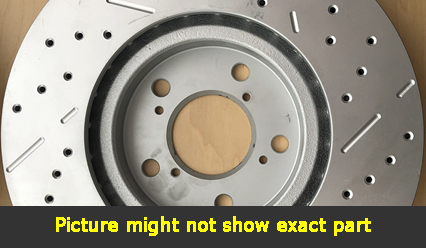
Part No: SP31325R
Raybestos: 980172
OE: 6E5Z2C026AA
Raybestos: 980172
OE: 6E5Z2C026AA
$66.67 each
Per Car QTY: 1
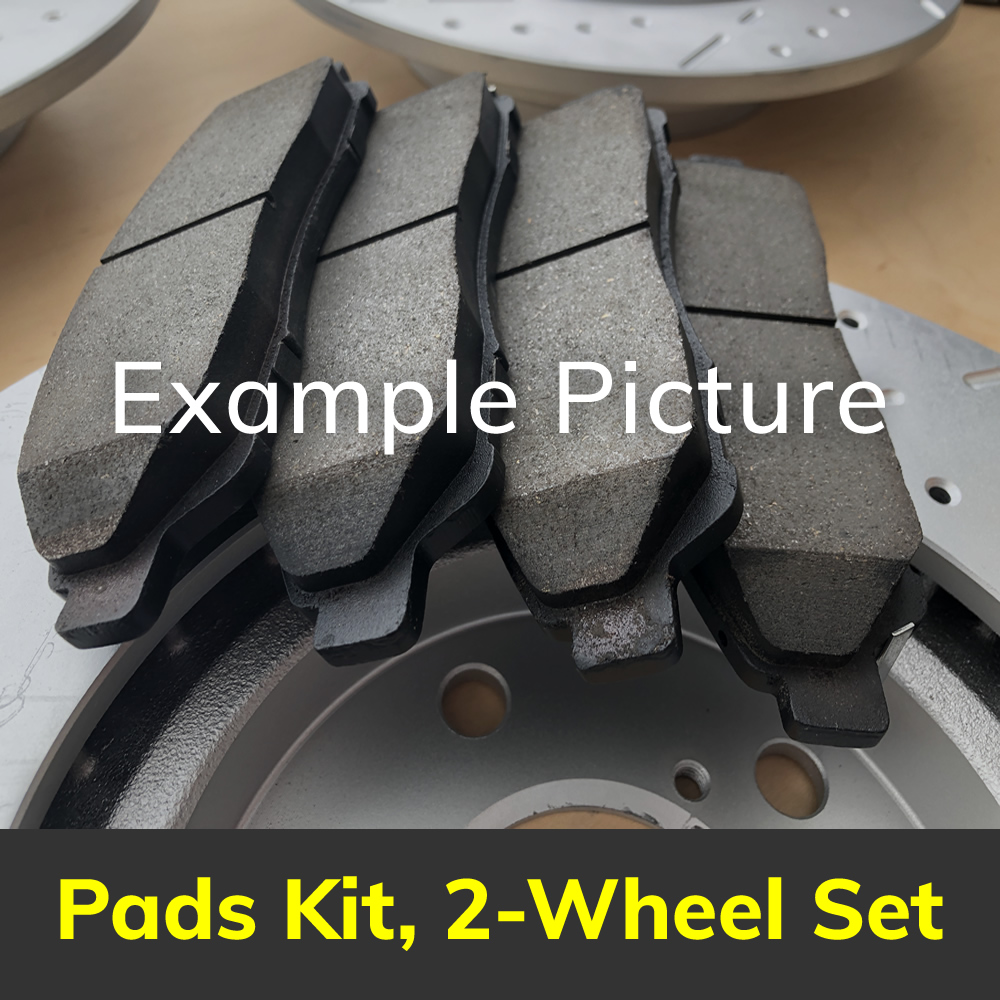
Part No: PD1164C
Raybestos: 1164
OE:
Raybestos: 1164
OE:
$44.24 each
Per Car QTY: 1
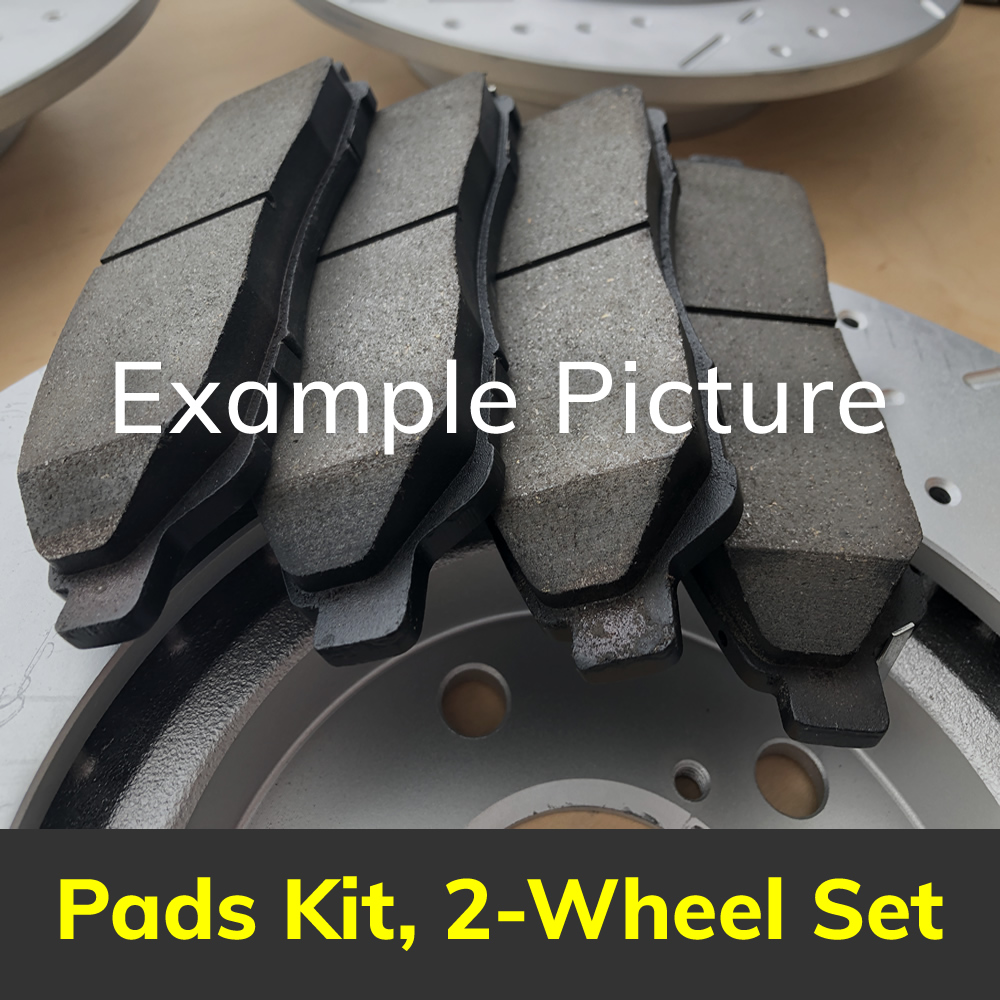
Part No: PD1161C
Raybestos: 1161
OE:
Raybestos: 1161
OE:
$38.12 each
Per Car QTY: 1
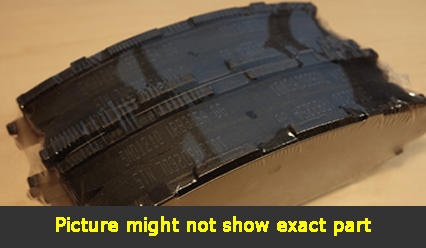
Part No: SMD1164
Raybestos:
OE:
Raybestos:
OE:
$28.57 each
Per Car QTY: 1
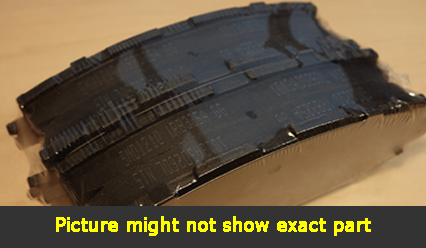
Part No: SMD1161
Raybestos:
OE:
Raybestos:
OE:
$25.97 each
Per Car QTY: 1
Brakes are one of the most critical safety features in a vehicle, and the 2010 Ford Fusion is no exception. As a midsize sedan known for its reliability and comfortable ride, having well-functioning brakes is essential to ensure a safe driving experience. In this article, we will delve into the importance of brakes, explore the brake system components in the 2010 Ford Fusion, and discuss maintenance tips to keep its braking system in prime condition.
The braking system in the 2010 Ford Fusion consists of several components that work together to bring the vehicle to a halt promptly and efficiently. These components include the brake pedal, brake booster, master cylinder, brake lines, brake calipers, brake pads, and brake rotors (also known as brake discs).
The brake pedal is what drivers use to apply pressure and activate the brakes. When the brake pedal is pressed, the brake booster amplifies that force, allowing for more effective braking. Connected to the brake booster is the master cylinder, which houses the brake fluid reservoir. When pressure is applied to the brake pedal, the master cylinder pressurizes the brake fluid, sending it through the brake lines.
The brake lines, made of durable materials like steel or rubber, transport the pressurized brake fluid to the brake calipers. The brake calipers are located near the wheels and contain pistons that push against the brake pads. These brake pads, which are made of friction material, squeeze against the brake rotors when the brakes are applied. The resulting friction slows down or halts the rotation of the wheels, facilitating the vehicle's deceleration.
To ensure optimal brake performance in your 2010 Ford Fusion, regular maintenance is crucial. Here are a few tips to keep your brakes in top shape:
1. Brake Fluid Inspection: Check the brake fluid level regularly and ensure that it is clear and free of any contamination. If the fluid appears dark or murky, it may indicate a need for a brake fluid flush.
2. Brake Pad Inspection: Inspect the brake pads for wear. Worn brake pads will have thin friction material and may produce a squealing or grinding noise when applied. Replace them if the thickness is near the minimum recommended level.
3. Brake Rotor Inspection: Examine the brake rotors for signs of warping or uneven wear. Warped rotors can cause vibrations or pulsation when brakes are applied and may need resurfacing or replacement, depending on severity.
4. Regular Brake Inspections: Schedule routine brake inspections with a qualified mechanic. They can assess the overall condition of the braking system, identify any potential issues, and recommend appropriate maintenance or repairs.
By maintaining the braking system in your 2010 Ford Fusion, you are ensuring your safety and the safety of others on the road. Remember that any unusual noises, vibrations, or difficulty in braking should never be ignored, as they might indicate underlying problems that require immediate attention.
In conclusion, the brakes in the 2010 Ford Fusion are a critical safety feature that deserves utmost attention and maintenance. Regular inspections, along with prompt repairs if needed, will ensure reliable braking performance when you need it most. Stay proactive and prioritize the well-being of your vehicle's braking system to enjoy a safe and secure driving experience.
The braking system in the 2010 Ford Fusion consists of several components that work together to bring the vehicle to a halt promptly and efficiently. These components include the brake pedal, brake booster, master cylinder, brake lines, brake calipers, brake pads, and brake rotors (also known as brake discs).
The brake pedal is what drivers use to apply pressure and activate the brakes. When the brake pedal is pressed, the brake booster amplifies that force, allowing for more effective braking. Connected to the brake booster is the master cylinder, which houses the brake fluid reservoir. When pressure is applied to the brake pedal, the master cylinder pressurizes the brake fluid, sending it through the brake lines.
The brake lines, made of durable materials like steel or rubber, transport the pressurized brake fluid to the brake calipers. The brake calipers are located near the wheels and contain pistons that push against the brake pads. These brake pads, which are made of friction material, squeeze against the brake rotors when the brakes are applied. The resulting friction slows down or halts the rotation of the wheels, facilitating the vehicle's deceleration.
To ensure optimal brake performance in your 2010 Ford Fusion, regular maintenance is crucial. Here are a few tips to keep your brakes in top shape:
1. Brake Fluid Inspection: Check the brake fluid level regularly and ensure that it is clear and free of any contamination. If the fluid appears dark or murky, it may indicate a need for a brake fluid flush.
2. Brake Pad Inspection: Inspect the brake pads for wear. Worn brake pads will have thin friction material and may produce a squealing or grinding noise when applied. Replace them if the thickness is near the minimum recommended level.
3. Brake Rotor Inspection: Examine the brake rotors for signs of warping or uneven wear. Warped rotors can cause vibrations or pulsation when brakes are applied and may need resurfacing or replacement, depending on severity.
4. Regular Brake Inspections: Schedule routine brake inspections with a qualified mechanic. They can assess the overall condition of the braking system, identify any potential issues, and recommend appropriate maintenance or repairs.
By maintaining the braking system in your 2010 Ford Fusion, you are ensuring your safety and the safety of others on the road. Remember that any unusual noises, vibrations, or difficulty in braking should never be ignored, as they might indicate underlying problems that require immediate attention.
In conclusion, the brakes in the 2010 Ford Fusion are a critical safety feature that deserves utmost attention and maintenance. Regular inspections, along with prompt repairs if needed, will ensure reliable braking performance when you need it most. Stay proactive and prioritize the well-being of your vehicle's braking system to enjoy a safe and secure driving experience.




